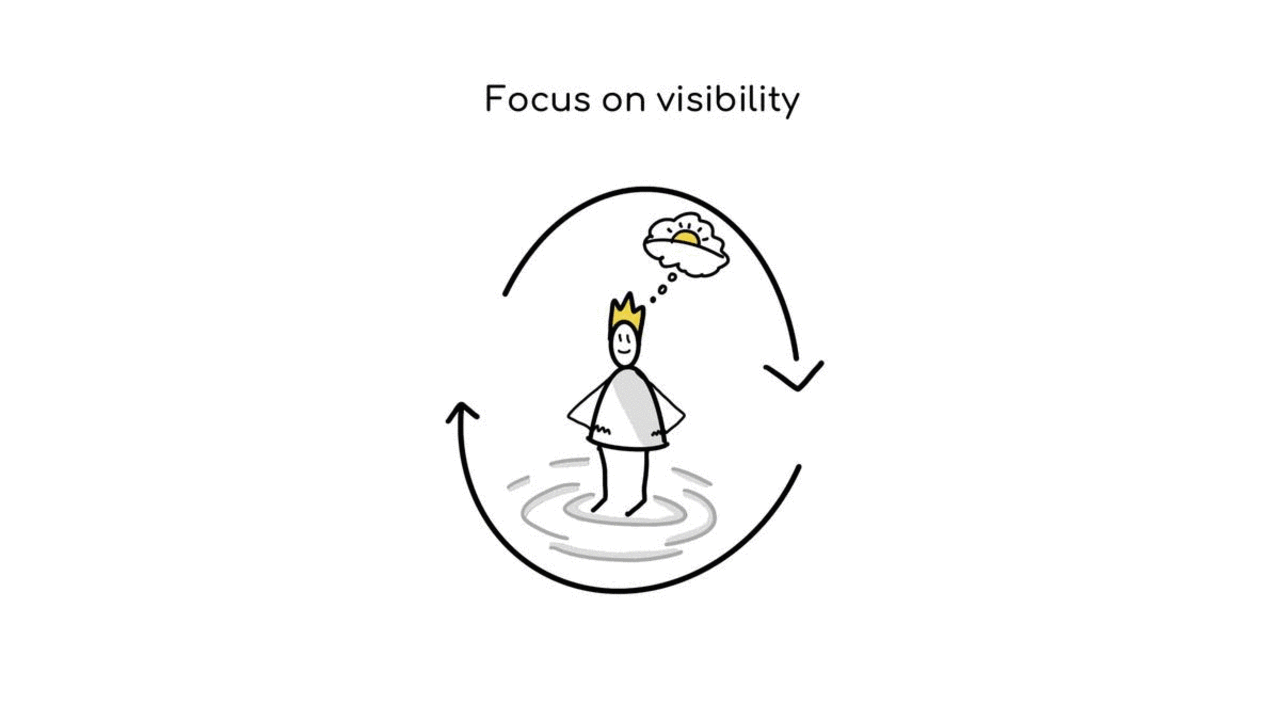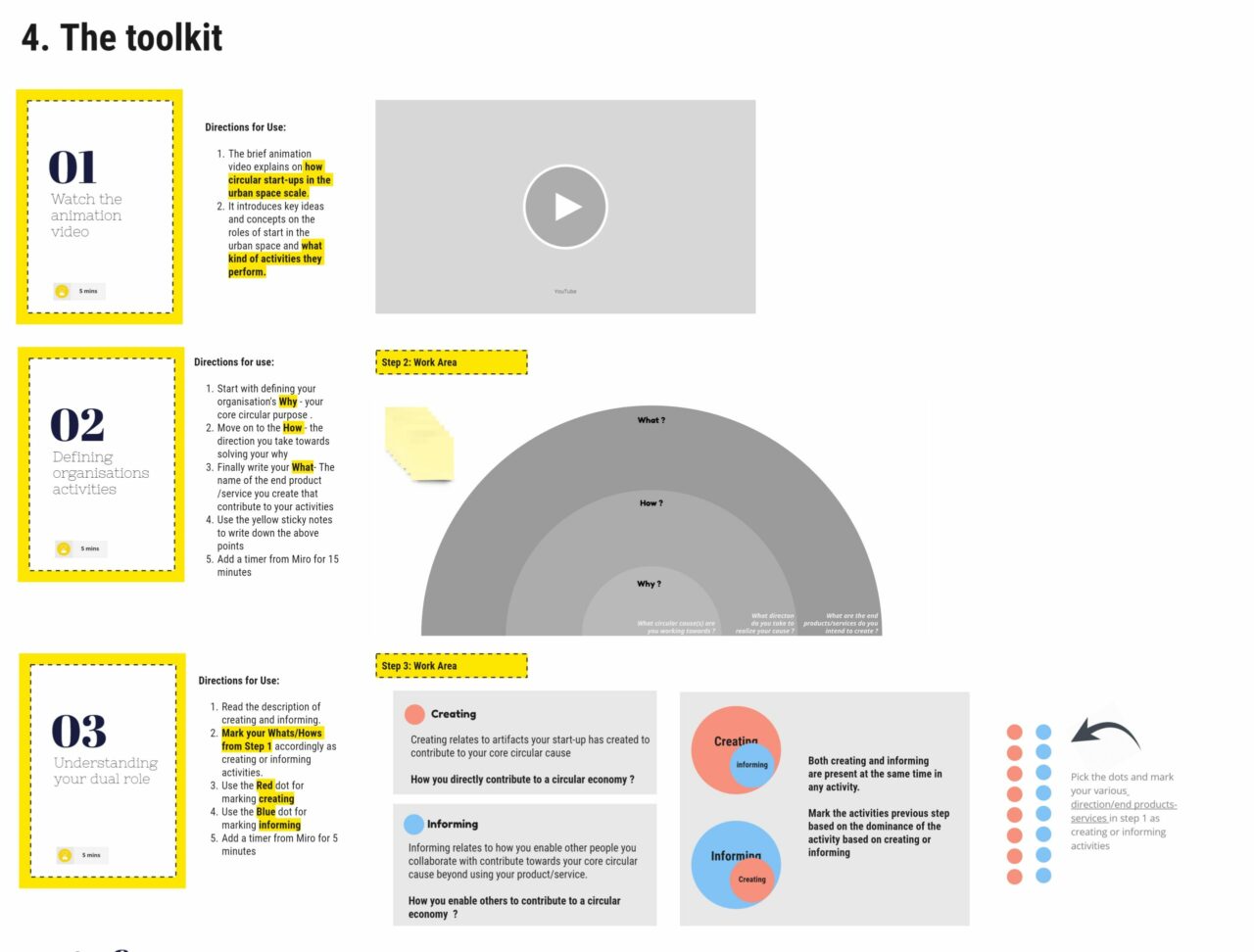How can circular-startups scale in cities?
Exploring collaborations for a circular economy in cities
In recent years, circular economy has been identified as a valuable means to reach the ultimate end of a more sustainable world. A circular economy takes a systemic approach to handle sustainability, requiring changes at many different levels. Much of the focus has been related to new products and disruptive business model innovations. However, to move circularity from new market explorations to societal level transitions, ecosystem-level innovations are important. A key differentiating factor for ecosystem-level innovations is collaboration. Cities play a key role in this transition from a linear to a circular economy. Containing 55% of the population and 80% of the global resources. They are places of abundant resources worth harnessing and stakeholders geographically close enough to aid collaboration
Collaborations for a circular economy are exactly what Dheebak explored in his graduation project with the PCM Lab, in partnership with DESIGNSCAPES project. More specifically, he explored how circular start-ups could collaborate to promote and scale circular economy in cities
Exploring collaborations and the role of engagement
By looking at the current theory on ecosystem innovation for a circular economy and circular collaborations, Dheebak was aware of how important it is to have a shared vision in order to collaborate. However, how to practically create a shared vision and pursue innovation based on it was not yet clear.
Therefore, Dheebak set out to explore six circular startups operating and utilizing the resources (for example, material flows, local business and communities) in cities. He conducted interviews with them to understand how they were collaborating with other circular start-ups over a period of time, what were their barriers as well as drivers for collaboration, and how the cities influenced them.
What he found out was the importance of engagement. In fact, organizations do not necessarily create a shared vision and then innovate. On the contrary, circular organizations increase their visibility, creating different ways of engagement with the public. In this way, citizens and other stakeholders with similar values are attracted to join together and innovate with these organizations. Circular organizations try to involve the customers in more than one way and create possibilities in which people can contribute towards the core value they are offering. For example, a plastic recycling and production company could create open-source 3D print models for recycled plastic, so that more people can create print themselves a solution

Such an approach translates also in their strategies to scale towards a circular economy. These urban circular organisations are trying to change what is the mainstream linear model of growth of taking, making and disposing. But to change an entire model of growth, they must be able to develop and establish an alternative one. So the question remains, how can they grow and scale a model of circular economy? The answer comes down, once again, to engagement. Circular organisations in the city are scaling through the engagement with the various collaborators that are part of the organisation. And while engagement could in other cases be considered just another activity, in the case of circular organisations scaling through engagement represents a mindset for growth.
A tool-kit for scaling through engagement
Informed by his research insights, Dheebak enabled the circular start-ups he collaborated with to create awareness and ideas for growth based on engagement.
For this, he designed a digital tool-kit for scaling through engagement. The toolkit consists of six different steps that are meant to be used in order. In the initial steps, the tool-kit helps organizations in cities become aware of how they scale in a circular economy, through the use of an animation video. The later steps help in creating ideas on how they can scale through engagement. The tool-kit aims to build on the core purposes of an organization, so that the ideas and scaling strategies generated can complement the existing activities of an organization, towards scaling through engagement. Moreover, on top of just creating ideas, the toolkit also provides guidance that helps understanding the desirability, feasibility and viability of the ideas.

A step away from linear economy and towards a circular economy
The tool-kit was also tested with various circular start-ups and helped them understand how fostering a circular economy is not only about creating products and services, but also about engaging with various collaborators and creating ways to involve them. In addition the tool-kit also helped start-ups to reflect on their own organisation and their own activities, finding what was the core value that they provided to their customers.
Overall, the project seems to be a step in the right direction, away from scaling by making more and towards scaling by engaging in more circular collaborations.
Through this journey Dheebak learned the importance of collaboration, engagement and active participation of various collaborators for circular organisations while scaling. He also discovered the important role of cities, which provide the proximity for organizations to identify new partners, as well as a continuous supply of materials and a great variety of actors. All elements that ultimately help circular organizations to continuously evolve their engagement strategies to scale.
If you are curious to learn about the tool-kit and even try it out yourself, click on this link. You could also learn in-depth about the project and it’s outcomes in the report.